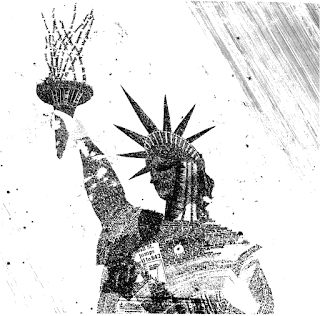A Digital Haunting of the Analogue World: Hideo Nakata's Ring

This text is available to read in full in Dreamt by Ghosts: Notes on Dreams, Coincidence, & Weird Culture available from Tenement Press here . Hideo Nakata’s Ring is haunted by the future of digital technology. Behind the conscious horror of the story there is a larger, unsurfaced fear, lingering in the subconscious of the film: that the world of analogue is being replaced by the world of digital. Most of us had sent an email by 1998, the year the film was released, and had experienced the threat of a computer virus at a time when we were still watching video tapes. In Ring , the digital applies its logic to the analogue realm, which then begins to enact a future technology. The plot of the film is focussed on a videotape that kills anyone who watches it within a week; they’re stamped with their own deadline for obsolescence. The film gluts on images relating to analogue devices: a fax-machine, an instant camera, VHS recorders, cube monitors. There is...




